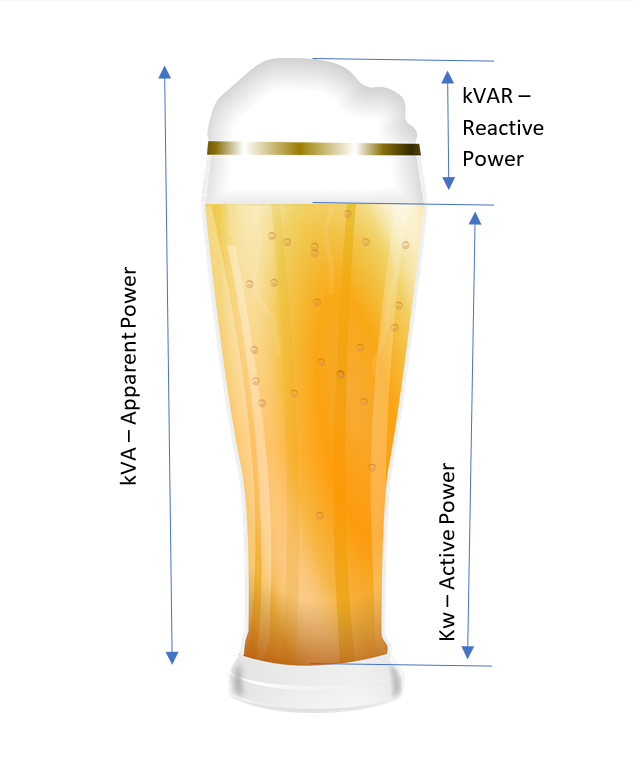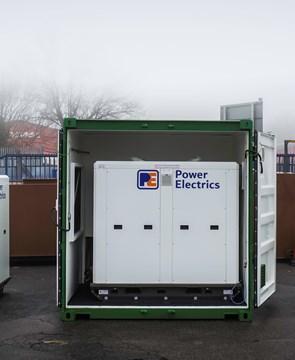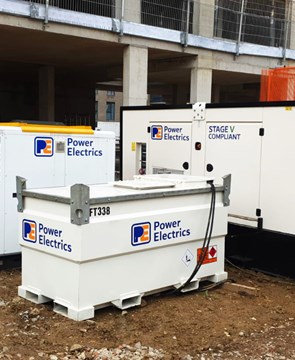The Difference Between kVA and kVAR
In one of our previous posts, we spoke in-depth about the difference between kW and kVA. Now, if you haven't read that yet, we recommend giving it a quick look before understanding the difference between Kilo-Volt-Amperes (kVA) and Kilo-Volt-Amperes Reactive power (kVAR).
From the previous post, you'll have an understanding of what exactly kVA is and its relation to Kilowatt (kW) or real power.
What does kVA mean?
kVA is a measure of apparent power: it tells you the total amount of power in use in a system.
In a 100% efficient system kW = kVA. However electrical systems are never 100% efficient and therefore not all of the system's apparent power is being used for useful work output.
So, what exactly is kVAR?
What does kVAR mean?
kVAR is a measure of reactive power: this is the power that hasn't been converted into kVA.
In simpler terms, reactive power is the unused power generated by reactive components in a generator.
When energy from a generator creates motion, light, heat, and sound, those are all powered by kW (real power). Reactive power is the power that generates magnetic fields that drive rotating equipment and is dependent on the power factor.
What is the relation between kVA, kW and kVAR?
Electrical efficiency is expressed as a power factor between 0 and 1: the closer the power factor is to 1, the more efficiently the kVA is being converted into useful kW. Generators have a power factor of 0.8.
Apparent power (kVA) is made up of two types of power: active power (kW) and reactive power (kVAR).
[kVA = kW + kVAR]
The formula consequently for the Power factor is:
Active power (kW) x 100 / Apparent power (kVA)

What is the formula to calculate kVAR?
Generator A:
kW: 80
kVA: 100 = 80 kW + 20 kVAR
Power Factor: 80/100 = 0.8
Confused? We don't blame you. How about we fall back on our dear friend... beer. If you've read our blog on the difference between kW and kVA you'll already be familiar with it. There we explained total contents of a pint glass (liquid + foam) would equate to kVA.
The liquid part serves to quench your thirst (kW), however, the foam is the excess that doesn't serve much purpose but is a necessity (kVAR). Therefore, the better the bartender (the more efficient the generator), the more beer (kW) you get. The less foam (kVAR) the happier you are! To the left is an image to represent just that.
Summary Video:
Need a helping hand?
We understand that every site and project is different!
If you have any questions regarding the role kVAR plays in your next project, contact us below or give us a call.
One of our team of generator specialists can create a custom solution that is the best fit for you and your power needs.




